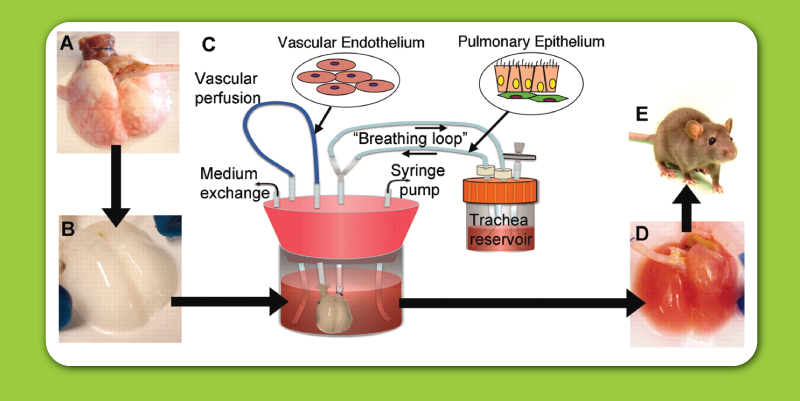Tissue Engineering and Bioreactors
A bioreactor can be a vessel in which mechanical devices can be used to influence biochemical process. As mentioned, a bioreactor can be used in fermentation, algae growth and other reactive processes. The concept of a bioreactor is not new, but using it to create tissues and living cells is. A bioreactor to grow cultures of cells is called a chemostat. They can come in a variety of dimensions, complexity, and physical environment of the tissue that can change.
In tissue engineering, bioreactors can be used to aid in vitro development of tissue. Bioreactors provide biochemical and physical signals to the cells. This allows them to undergo differentiation. Cellular differentiation is the process where a cell changes. It changes from one cell type to another. An example of this process is when a zygote changes into tissues and other cell types. A bioreactor is also used to establish uniform cell distributions. These will then be placed on three dimensional scaffolds. These are to maintain concentrations of gasses and nutrients in the culture medium.
 In order for a bioreactor to work in the growing of cells it must provide physical stimulation to sells, a supply of nutrients and oxygen, and remove byproducts of cell. The bioreactor must be able to operate over long periods of time. Another important component of a working bioreactor is how to monitor the growing culture. Minimizing growth variables for a cultures is crucial to harvest time. By focusing on the growth, more tissue can be harvested.
In order for a bioreactor to work in the growing of cells it must provide physical stimulation to sells, a supply of nutrients and oxygen, and remove byproducts of cell. The bioreactor must be able to operate over long periods of time. Another important component of a working bioreactor is how to monitor the growing culture. Minimizing growth variables for a cultures is crucial to harvest time. By focusing on the growth, more tissue can be harvested.
